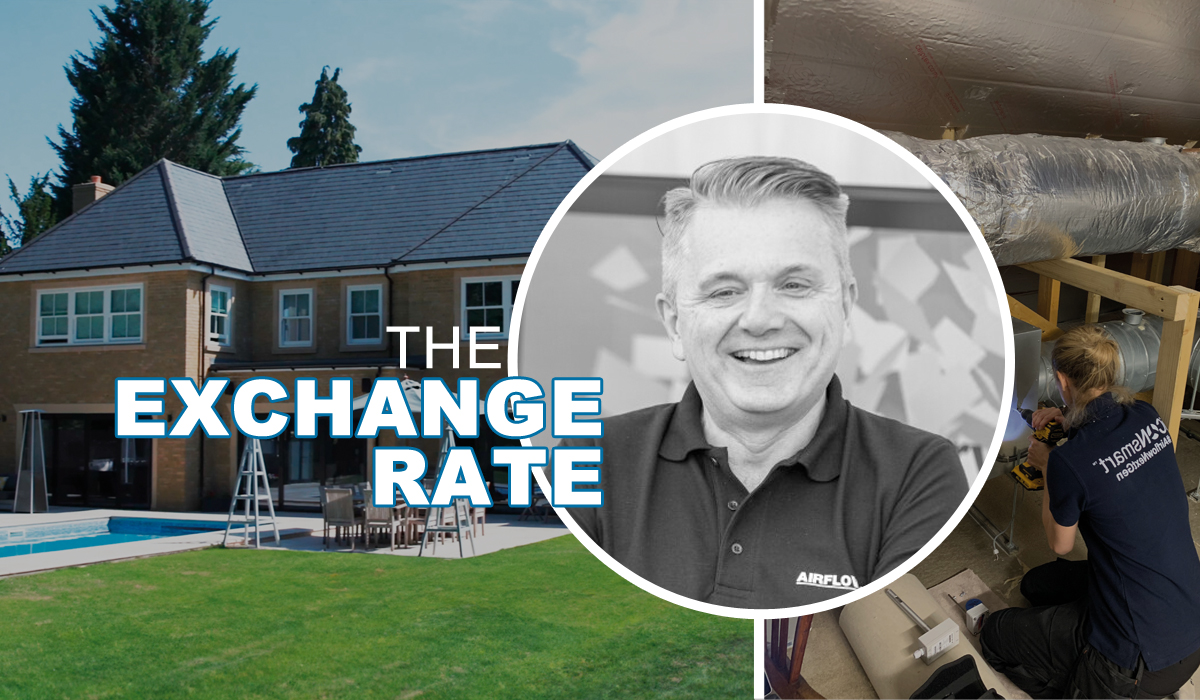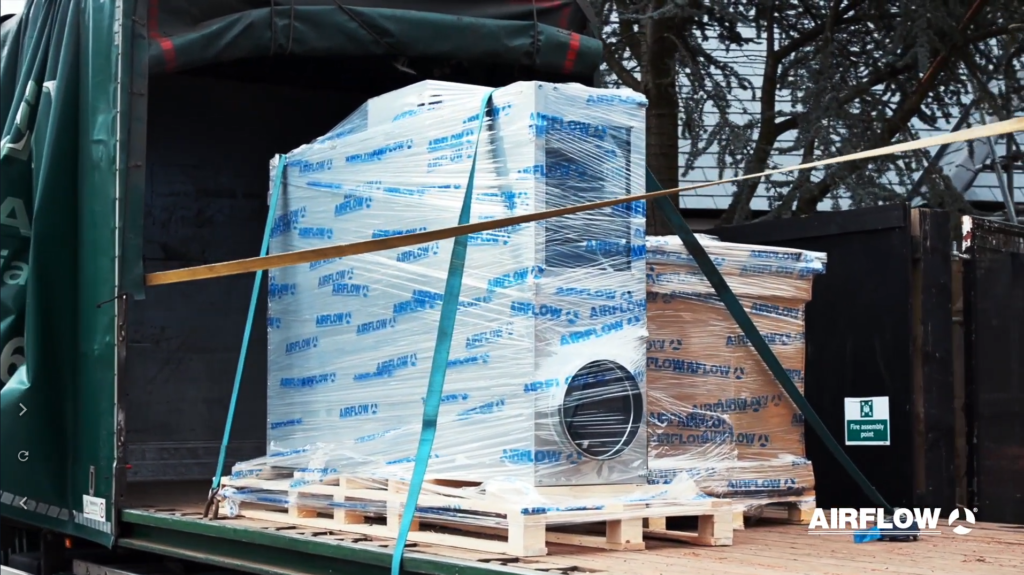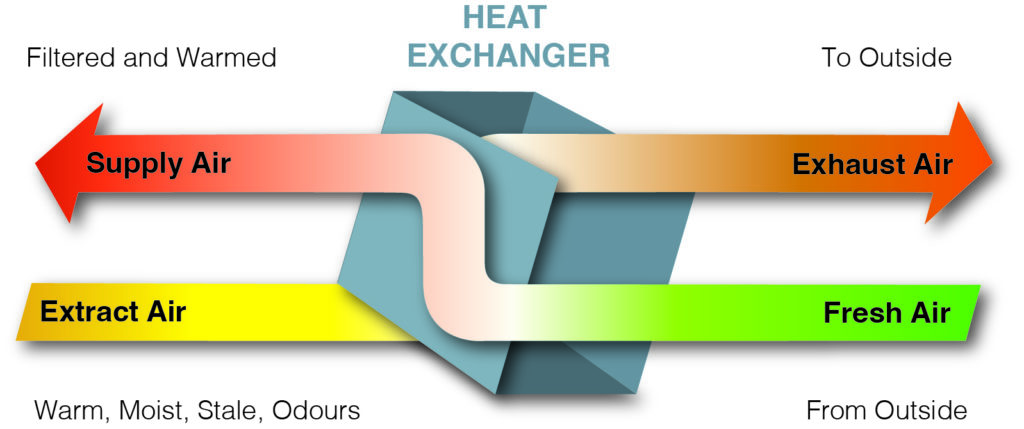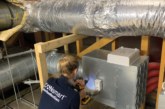
Is MVHR the answer to improved ventilation in new-build homes asks Alan Siggins, managing director of Airflow.

As one of the most complete ventilation solutions available, MVHR (Mechanical Ventilation with Heat Recovery) is increasingly popular in new-build properties. MVHR is a type of ventilation system that uses mechanical means to supply fresh air to a building while simultaneously extracting stale air – and moisture – from the building. The system works by using a heat exchanger to transfer heat from the outgoing air to the incoming air, which helps to reduce the energy required to heat or cool the building.
MVHR systems are usually used in homes and other buildings that are highly airtight, particularly those that require a greater level of air quality and energy efficiency.
An MVHR system brings fresh air into habitable areas of a house without letting the heat escape. Centralised MVHR systems ventilate entire buildings using a large heat recovery unit, while decentralised MVHR systems (single-room MVHR) ventilate specific rooms. However, several decentralised systems can work together to ventilate a whole building.
Whether centralised or decentralised, MVHR has numerous health benefits and keeps spaces free of mould and other harmful growths – all while providing a cost-effective, more sustainable ventilation method.
 Here’s how a centralised MVHR system works:
Here’s how a centralised MVHR system works:
- Fresh air is drawn into the building from outside through a filter. Most units have two filters on the inlet, and some features, like an Airflow Adroit, have a triple filter design creating an ultra-hygienic environment.
- Stale air inside the building is simultaneously extracted through another vent, primarily from ‘wet rooms’ like bathrooms and kitchen, removing pollutants, dust, impurities and humidity in the air.
- Both incoming and outgoing air streams pass through a heat exchanger (except in summer). The heat from the outgoing air warms the incoming air through a filter, preheating it in winter and reducing heating costs.
- The fresh air is then distributed to different rooms in the building through semi-rigid ducting.
- The process repeats, constantly supplying fresh air to the building and removing stale air while recovering heat from the outgoing air stream.
While MVHR systems are intricately designed, they are low-maintenance and operate automatically, sparing occupants from manual fan and temperature adjustments. A demand control function detects when moisture or extra carbon dioxide is being produced and boosts the level of ventilation.
 Why is airtightness important?
Why is airtightness important?
The whole principle of MVHR relies upon a building being airtight. Otherwise, there’s no control over the flow of air, and the system won’t work as intended. If there are any passive ventilation devices or draughty windows or doors, you’ll lose heat instead of allowing the system to recover it. MVHR systems can only take heat from the air that passes through them. They can’t take anything from air escaping through the fabric of a building or vents.
Opting for MVHR when the property or the system itself isn’t airtight can mean a potentially costly, inefficient or unreliable system.
There are, however, downsides to this ultra-airtight approach to construction. When we take gaps and draughts out of the equation, opportunities for natural ventilation are reduced to almost zero. Occasionally opening windows and doors also doesn’t provide adequate ventilation, but it does let colder air in when it’s cooler outside. Then comes the additional cost of reheating the home or workplace.
 Choosing the right MVHR system
Choosing the right MVHR system
There are a few factors to consider to make sure you get the right system. One is property size. The larger a property, the larger its ventilation unit must be. It’s vital to determine the air volume for your property and figure out how much air you need your MVHR system to supply and extract. At a minimum, building regulations typically require a general ventilation rate of 0.3 litres per second per metre squared of floor area.
Noise levels can also play a part. Having a well-designed MVHR set-up, with an efficient, not-overstrained unit, helps to keep noise levels down. Airtight ducting has the same effect as specific attenuation devices on the inlet and outlet of the MVHR unit. Ease of maintenance is also important.
For an MVHR system to operate properly, it needs maintenance. Otherwise, air quality and performance will suffer, and the system might break down. Mould and bacterial growth can even result from poor maintenance.
Whatever the requirements of the property, MVHR can provide a complete solution for ventilation in new-build properties. Different systems can be set up in properties of all sizes to allow occupants to benefit from the improved air quality, comfortable conditions and cost savings MVHR offers.
Read more on Airflow


